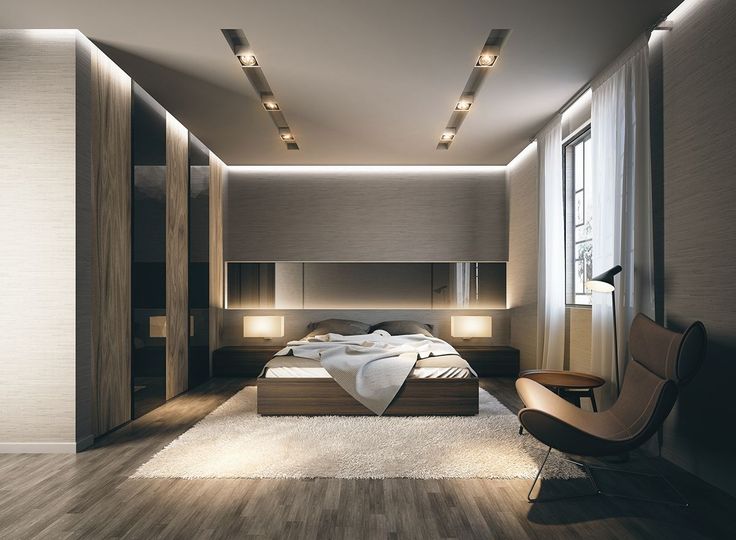Lighting is something that we often take for granted, but not many people know exactly how to measure how much light is needed. Just like when you buy rice or flour, you know they are measured in kilograms or grams, or when you buy water, it’s measured in liters, or distance in meters or kilometers. But what about light? How do we measure light? The answer is lumens.
Just as weight, volume, and distance have specific units, light is measured in lumens. And this is determined per square foot, i.e., how much light or lumens should be present per square foot. Let’s dive into how much light is needed in various areas of your home:
- Bedroom: A bedroom requires approximately 55 lumens per square foot.
- Living Room: A larger space like a living room requires more light, about 80 lumens per square foot.
- Kitchen: Since you do fine tasks in the kitchen, 90 lumens per square foot is ideal.
- Bathroom: 80 lumens per square foot works well for a bathroom.
- Showrooms or Factories: These places require bright lighting for detailed work and customer interactions, so 150 lumens per square foot is necessary.
Now that you know how much light is needed in each area, let’s move to the next step – where to get the lights and how to arrange them.
First, calculate how many lumens you need in total. For example, let’s say you have a room that measures 10×10 feet. The total area is 100 square feet. If you need 55 lumens per square foot, you multiply 55 by 100, giving you a total of 5,500 lumens.
Now, if you are buying LED lights, check the lumens on the packaging. For example, a 4-watt LED light provides 400 lumens, 8 watts give 800 lumens, and a 12-watt LED provides 1,200 lumens.
Let’s assume you choose 6-watt LED panel lights, which provide 600 lumens each. To calculate how many lights you need, divide the total lumens by the lumens per light. In our case, 5,500 divided by 600 gives you about 9.16, so you need around 9 lights to fill the room with the right amount of light.
This process will help you ensure your space is perfectly lit and that you use energy-efficient solutions.

